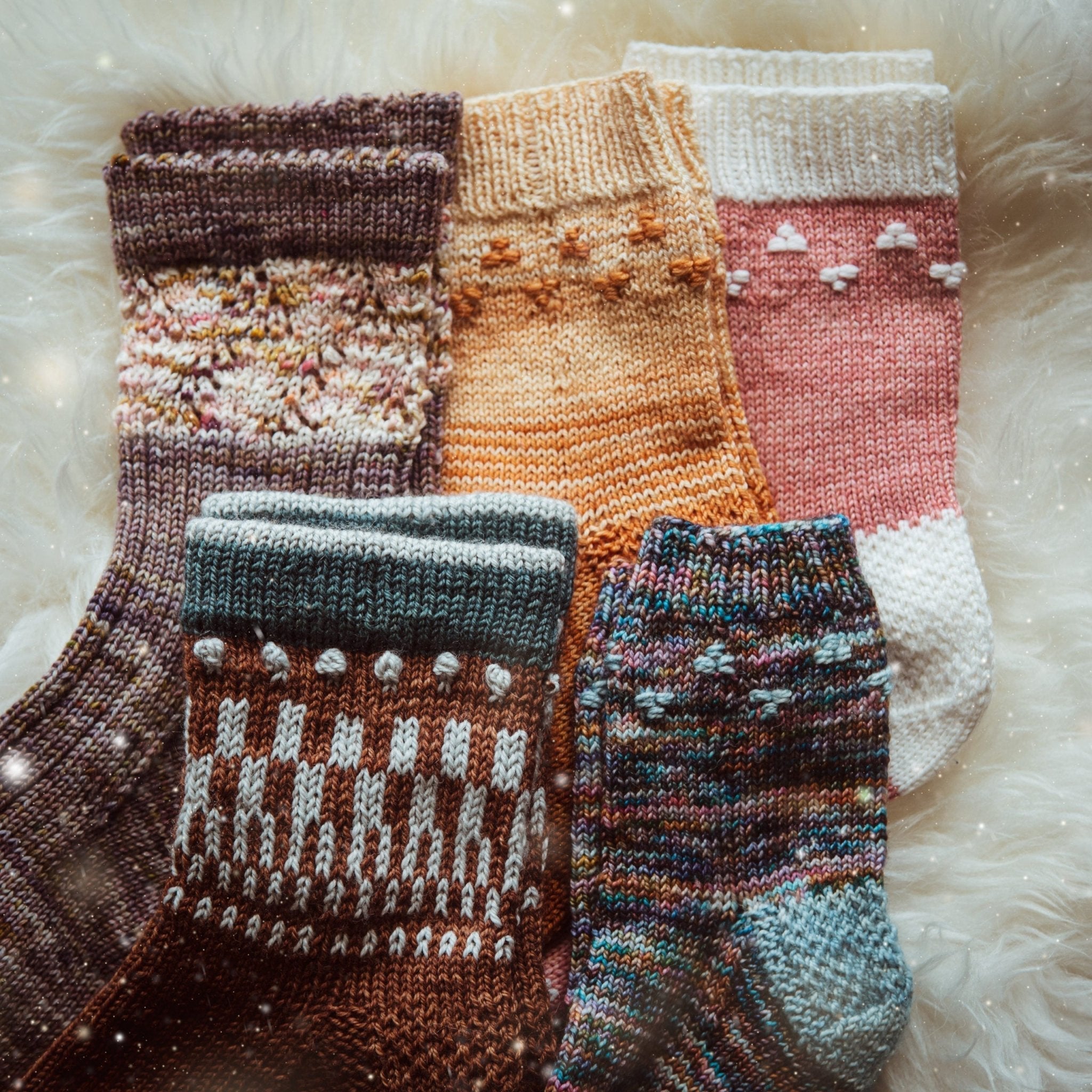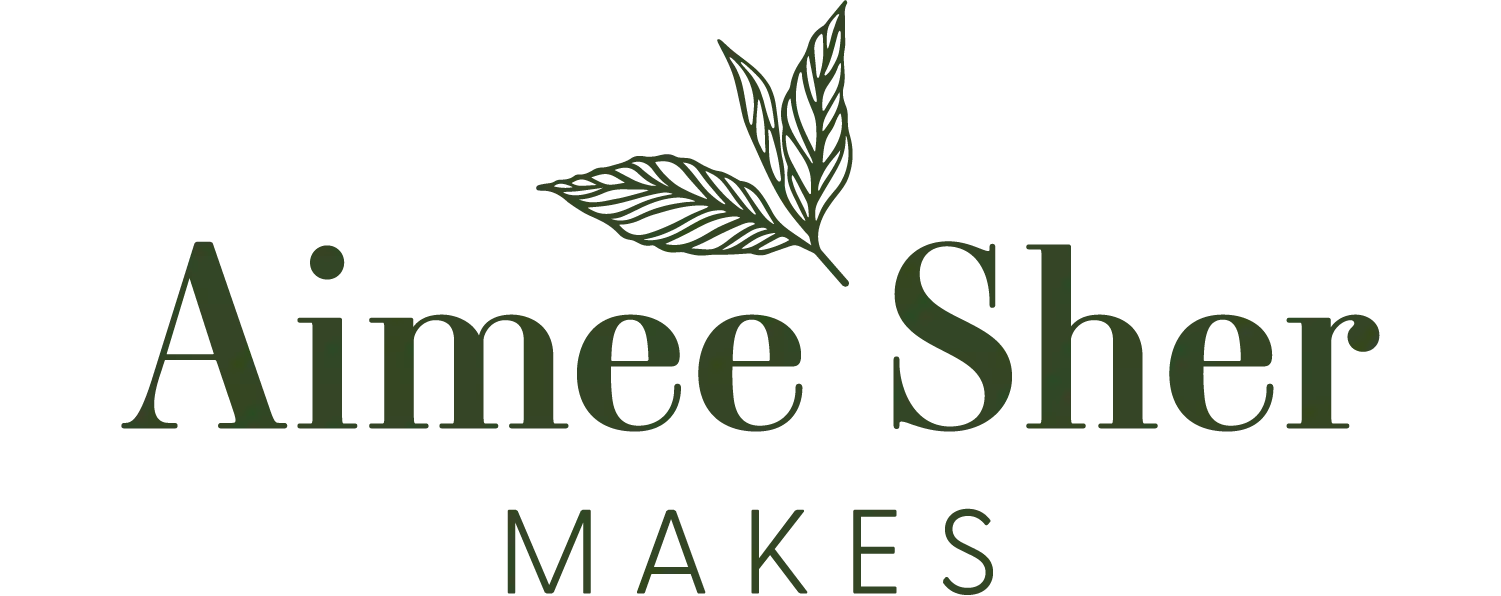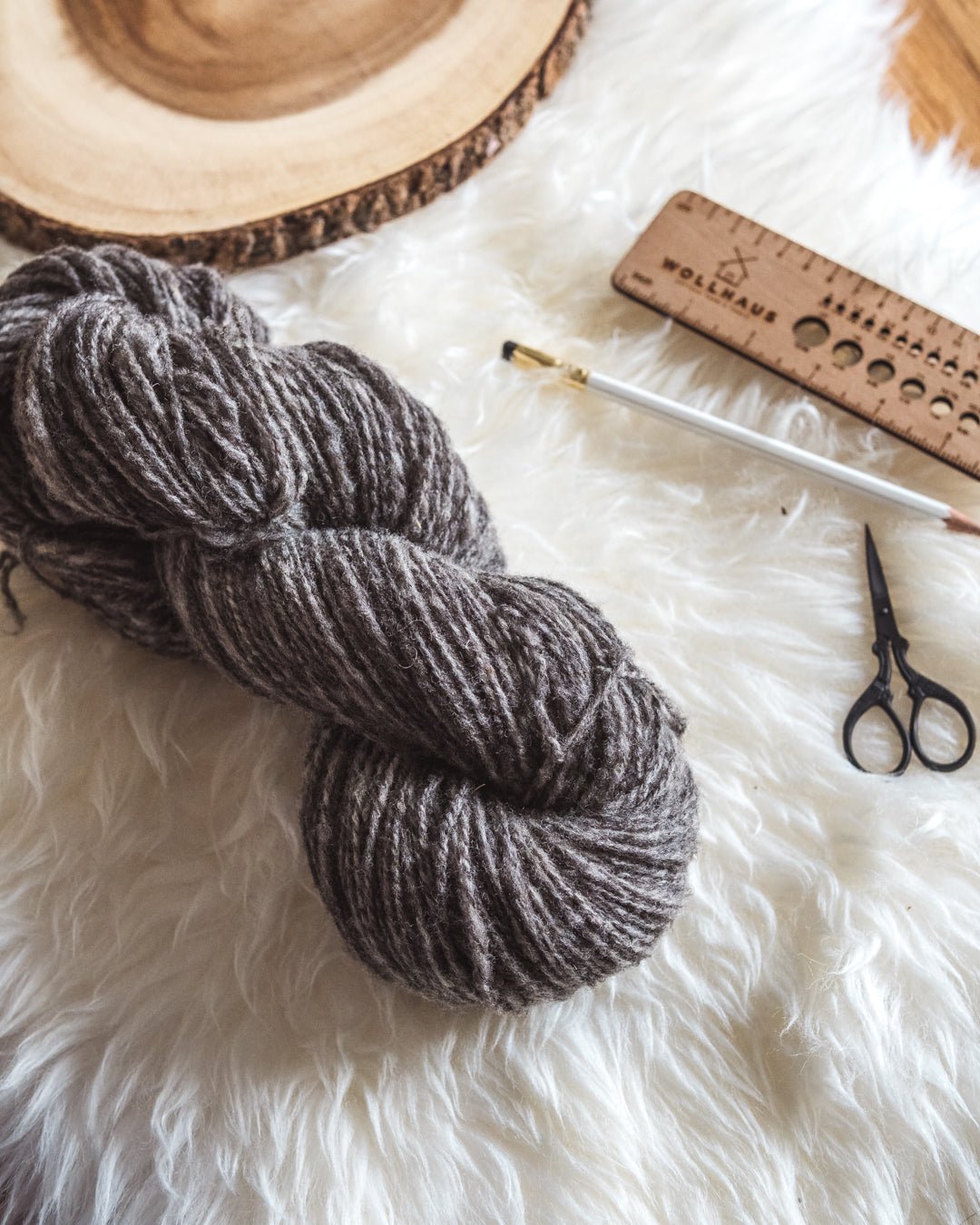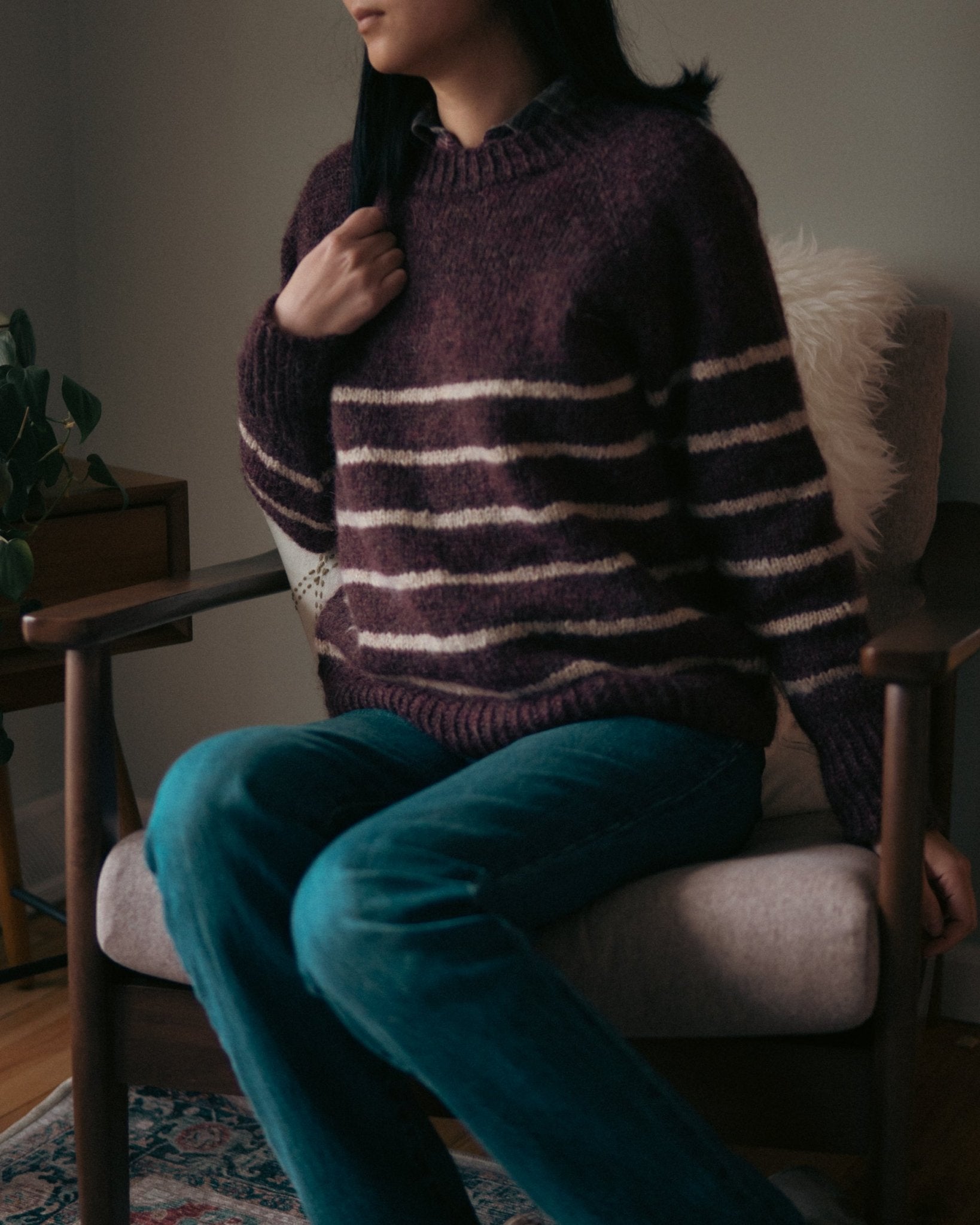
3 tell-tale signs a knitting magazine is really diverse.
In the past, as a knitting consumer, I felt like there was a dizzying array of knitting magazines available. The choices were overwhelming. And there are a lot of reasons to buy knitting patterns in the form of magazines. They can be really affordable, per pattern, if you end up knitting multiple ones. The printed photography is often beautiful and super inspiring, and lovely to hold in the hands.
However, I didn’t always see myself represented in knitting magazines. Some of the really big, mainstream ones (the kind you see at Jo-Anns) often had outdated styling and photography that made the patterns look a tad frumpy. And the little indie ones cost quite a lot for my budget early in my knitting life.
Still, I loved going to my local yarn shop, sitting down with a bit of knitting and tea, and then getting totally, utterly distracted by the beautiful displays of magazines.
In 2019, several indie knitting magazines were exposed for appropriative practices or accused of microaggressions to large groups of marginalized people. Many more were made aware that their magazine only represents a very *ahem* small part of the knitting community (you can guess which part). I was so disheartened by what I was seeing in the months after that. The magazines would promise to do better, hire more diverse models, or even add a land statement and diversity/inclusion statement. Often times we didn’t hear back from them on how exactly they were going to do better beyond these surface-level changes. This was incredibly frustrating and hard to keep track of over the last few years.
Is there something we can do that would help us assess the work that is going on to the magazine to ensure that it aligns with our values?
The answer is, definitively, yes. As a former section editor a print magazine and editor in chief of an online publication, I can tell you exactly where I’m looking when I’m considering contributing to a magazine or buying one.
It’s right there in the pages. Right there for everyone to see, if you know where to look.
Looking At the Obvious First
The first thing that you’ll probably notice is the models. Do the models represent people of all races, gender, sizes, and abilities? Is this being done consistently across the issues? Are the patterns graded to be body inclusive?
After 2019, lots of magazines started using a more diverse group of models, and that’s great! Seeing myself and other marginalized folks represented in these magazines has been a huge boost. I can see patterns being knit up and put on bodies that look like mine… and I’ve heard so many other knitters say the same thing.
But we can look deeper than that. Modeling representation is just that--skin deep. And it doesn’t tell the whole story of what kind of values are in the magazine.
The Contributor Page
The contributor page, usually at the end of the magazine (and occasionally at the beginning), tells you about all the pattern designers, illustrators, recipe creators, and article writers who worked on this issue. This page tells me who has been invited into the magazine to work on a one time contractor basis.
When I look at this page, what exactly am I looking for?
- Are pronouns given? This is rare, but sometimes the pronouns for each contributor is given and that tells me a lot about the values of the magazine. When pronouns for contributors are given it removes any chance of us misgendering them, and it is a good practice to make spaces safer and easier to give our pronouns in. (Hi, my name is Aimee Sher, and my pronouns are she/they!)
- If the pronouns are given, are nonbinary designers represented? Note that not all NB people have obviously NB pronouns, but many of us do.
- Are there people of color in the contributor list? Sometimes, this even requires me to look up the website of the designer, or their Ravelry, or Instagram, as it’s not always obvious by name. Sometimes, it’s right there in the bio! Cool.
- Are people who are of the culture being written about or inspired by people who belong in that culture? This one is a little harder, but if someone’s work product is clearly inspired by a culture, they had better be from that culture. Often times when I read a culture-specific pattern or recipe, I check to make sure the person isn’t appropriating.
The Masthead
Here, we get to the meat and heart of the matter. The people who appear on these pages are the people who usually work multiple projects or are permanent staff at this organization. Often times, I’ll see that a magazine has diversified their contributor page, but the people making all the creative decisions, benefiting financially from a full time living from the magazine, and getting work with the magazine issue after issue… are white, female, and often times straight and cis, in the knitting world.
You can invite people of color and LGBTQIA+ folks into your organization, but if the people running the org and being employed by the org are still white and straight, then what does that tell us about your organization?
These are all questions I’m thinking about when I look at a magazine masthead.
Finally
There are a lot of magazines and many of them are taking positive steps towards true equity when it comes to representation. Hiring diverse modeling talent is a relatively quick thing to do and is an obvious first step. Attracting designers who are of a marginalized identity (such as a BIPOC, an LGBTQIA+ person, or a disabled person) is harder, and I think something some of the magazines sometimes struggle with. And finally, hiring long term talent to make sure that the staffing also reflects the ideal readership of the magazine is one of those long term goals that every magazine should have.
By looking at the Contributor and Masthead pages, especially over a long period (if you are a subscriber or a frequent reader), we can see the progress that the magazine may or may not be making in these areas.
This is all a lot of work, and I don’t do it all the time as a consumer (though I do now as a designer). Sometimes, some of the things that really matter for diversity and inclusion don’t show up in these places. And if you are a designer (especially someone who is on the margins), it can be really hard to suss out whether a place is a good working environment for you, even a digital one.
In my next posts, I’ll discuss my experience during my first year of successfully submitting to knitting magazines, the pay disparities, and what I’d like to see all knitting magazines in the industry do to improve the experience for marginalized people who work with them or buy from them.
If you liked this post and found it helpful, you can support me in this work by joining my membership group on Ko-fi, or buy me a coffee one time below:




Leave a comment
This site is protected by hCaptcha and the hCaptcha Privacy Policy and Terms of Service apply.